How ONS and Oncology Nursing Are Helping to Define Big Data and Cancer Care
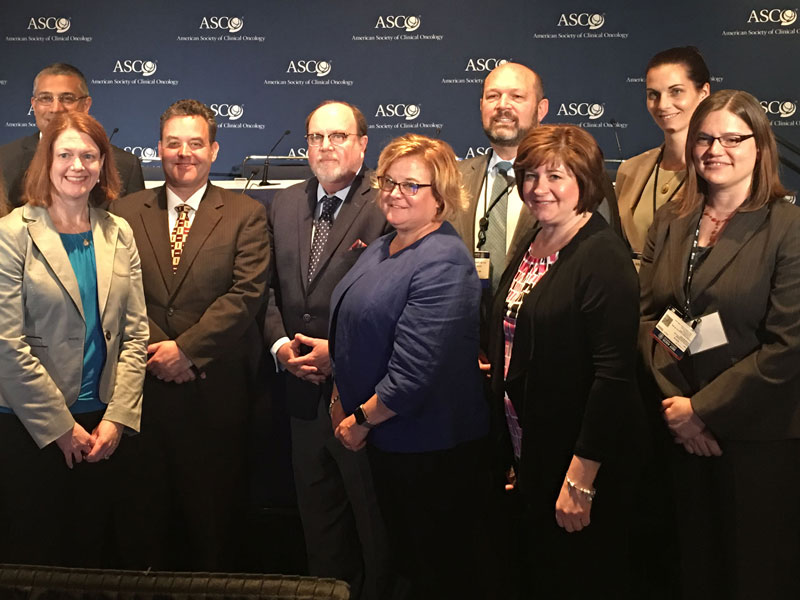
For oncology nurses, physicians, and care professionals, the importance of implementing tools to collect and analyze big data cannot be understated. Through collaboration and multidisciplinary tactics, data can help drive improvements in the way patients are treated.
- Read more about How ONS and Oncology Nursing Are Helping to Define Big Data and Cancer Care
- Add new comment
The Federal Budget as a Political Document

Budgets are political documents. When we look at a spreadsheet, for many of us the numbers are jumbles and the lines begin to blur. But reviewed closely, budgets are the prioritization of federal policy.
More Women Undergo BRCA Testing, but Not High-Risk Patients

BRCA gene testing is on the rise for women who do not meet the referral requirements based on family history, researchers reported in study findings published in the American Journal of Preventive Medicine. At the same time, many high-risk women do not obtain the test and remain unidentified.
Managing Pain in Patients With Substance Use Disorder
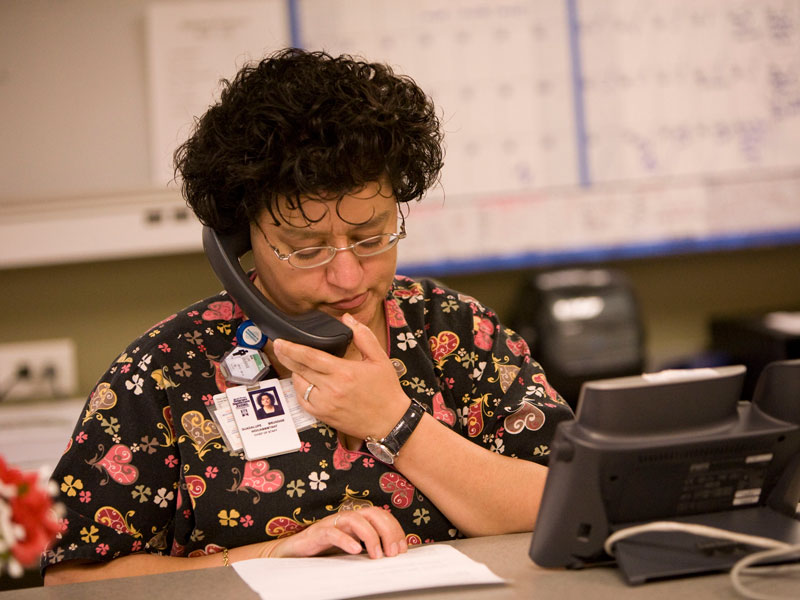
In their article in the April 2017 issue of the Clinical Journal of Oncology Nursing, Compton and Chang provided a guide for nurses caring for patients with substance use disorder (SUD), including overview, diagnosis, and treatment of SUD as well as its implications for pain management and cancer treatment considerations when a patient with SUD is diagnosed with cancer.
UNC’s Norman Sharpless Named NCI Director; Senators Back to Work on Healthcare Bill; National Institutes of Health Director to Remain

On June 12, 2017, President Trump named Norman Sharpless, MD, as director of National Cancer Institute (NCI). Sharpless, formerly the director of the Lineberger Comprehensive Cancer Center at the University of North Carolina, is a practicing oncologist and cancer researcher. He will take over as for Doug Lowry, MD, who has been the NCI’s acting director since 2015.
- Read more about UNC’s Norman Sharpless Named NCI Director; Senators Back to Work on Healthcare Bill; National Institutes of Health Director to Remain
- Add new comment
FDA Approves ALA Optical Imaging Agent for Gliomas
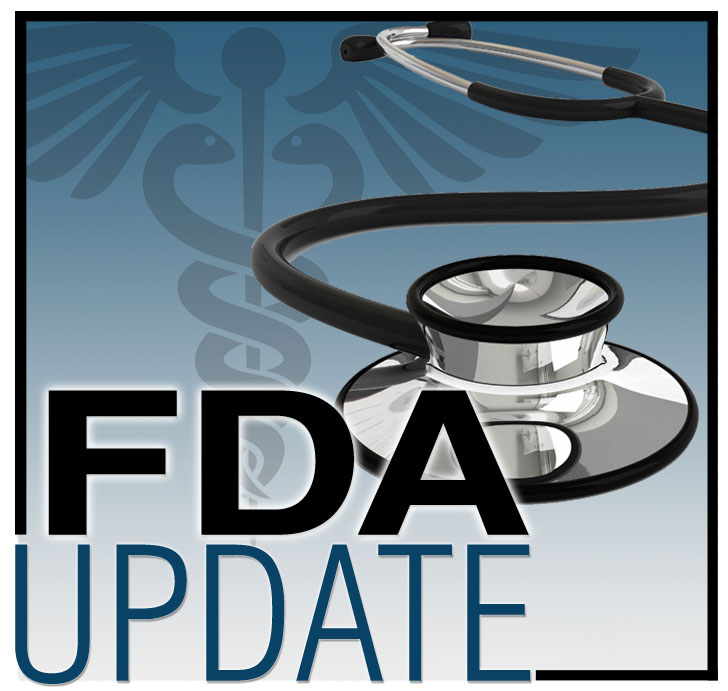
On June 6, 2017, the U.S. Food and Drug Administration (FDA) approved aminolevulinic acid hydrochloride, known as ALA HCl (Gleolan, NX Development Corp.) as an optical imaging agent indicated in patients with gliomas (suspected World Health Organization Grades III or IV on preoperative imaging) as an adjunct for the visualization of malignant tissue during surgery.
Members Meet to Lead ONS Into the Future
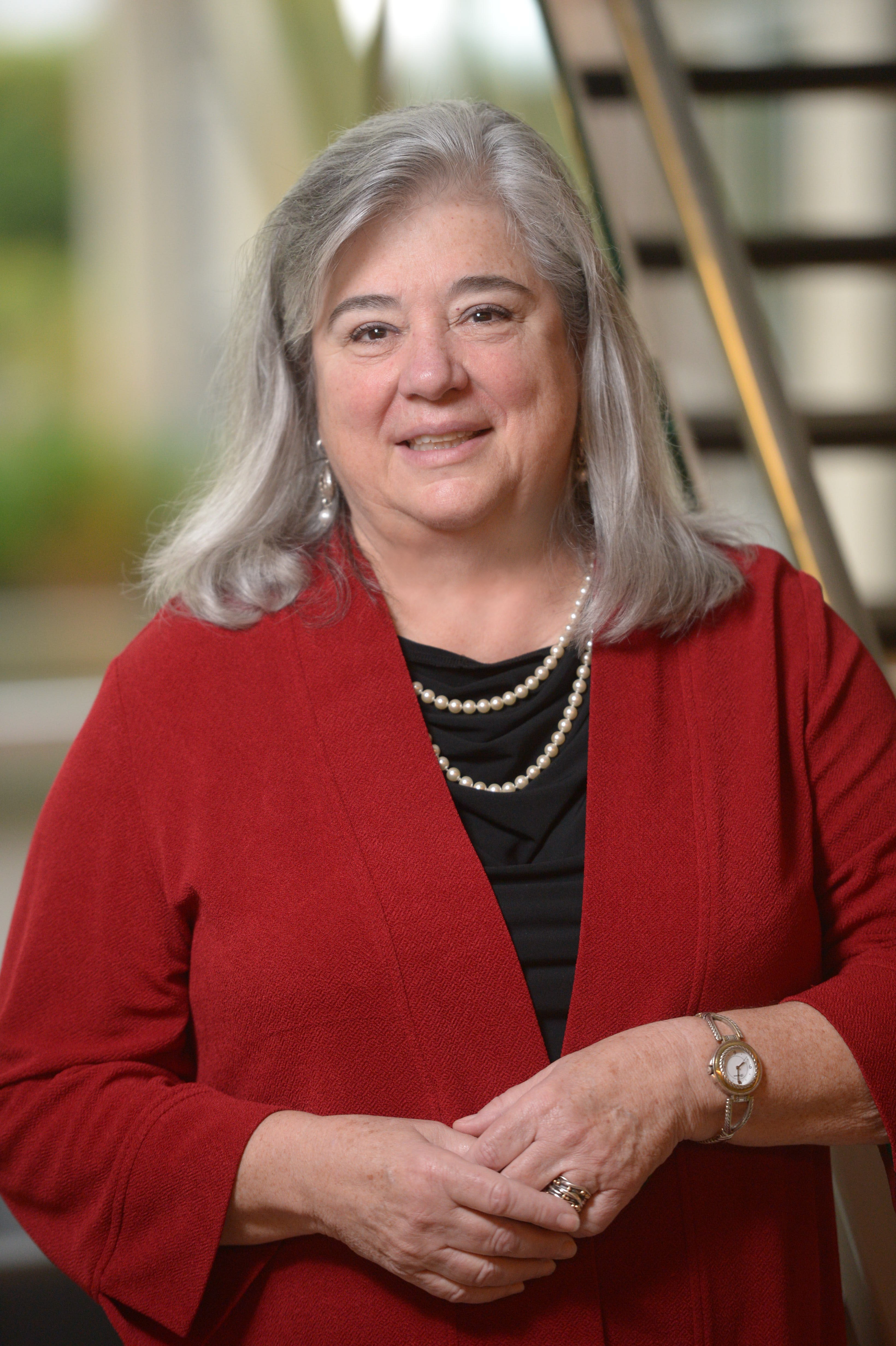
As Oncology Nursing Month, May saw celebrations at the ONS 42nd Annual Congress and in our workplaces. Nurses on ONS staff enjoyed recognition and celebration of their commitment to our mission and you. They partner closely with members who volunteer their time and expertise in developing initiatives and priorities for ONS. I would like to describe a few of those initiatives and work groups that have met at the national office in the first six months of 2017.
How Have Your Family Experiences With Cancer Impacted Your Decision to Become an Oncology Nurse?
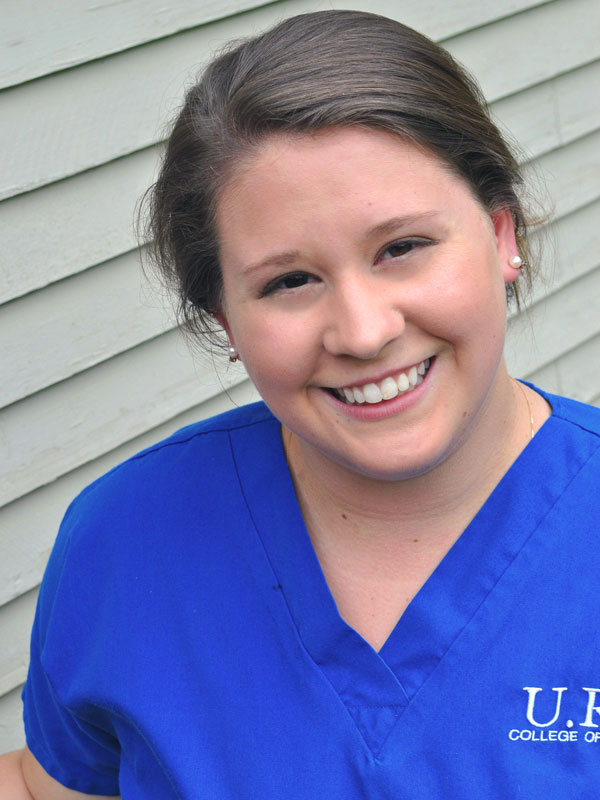
My desire to become an oncology nurse began when I was 11 years old; like many children at that age I was struggling to discover who I would become. When my mother explained her breast cancer diagnosis to me, our very peaceful world froze for a moment. I grew up rurally in South Pomfret, VT, on many miles of dirt road that led to a beautiful, cozy little house. The idyllic world I lived in suddenly changed; although I could support my mother emotionally with compassion and love, others were working medical miracles to keep her well. Witnessing this, I discovered the deep desire to make an impact in others’ lives through pursuing a bachelor of science in nursing and a career in oncology.
- Read more about How Have Your Family Experiences With Cancer Impacted Your Decision to Become an Oncology Nurse?
- Add new comment
ONS Lobbies for Breast Cancer Screening Act in Congress
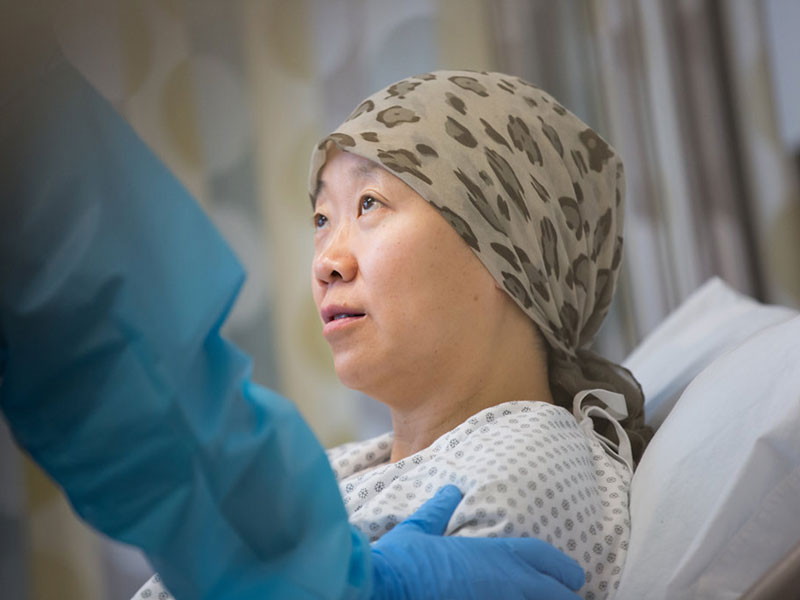
Alongside congressional representatives Debbie Wasserman Schultz and Susan Brooks, ONS and other organizations are lobbying for support of the Protecting Access to Lifesaving Screenings (PALS) Act. This legislation would push insurance companies—along with the Veterans Health Administration—to provide access and coverage to breast cancer screenings for women aged 40–49.
The Role of Acupuncture in Treating Hot Flashes in Breast Cancer Survivors
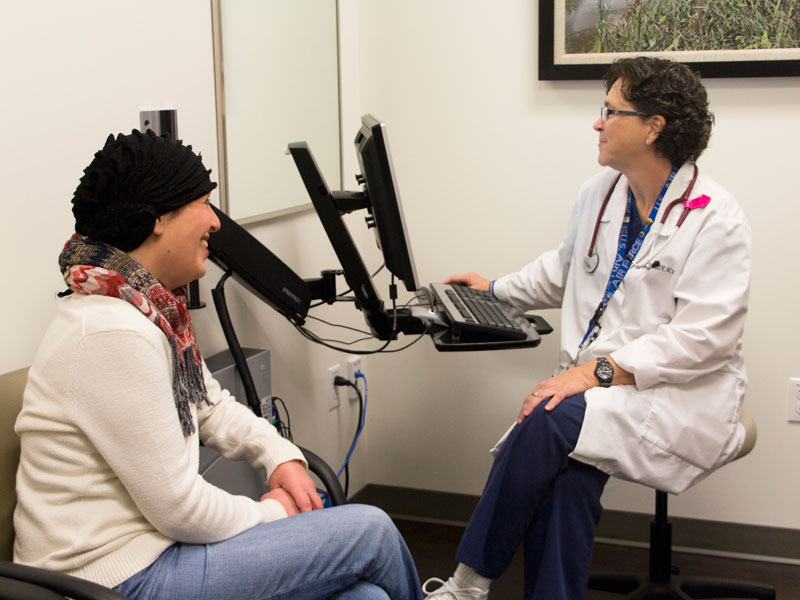
Hot flashes, also known as hot flushes, are marked by periods of sudden, intense feelings of warmth that begin at the chest and radiate to the neck and face, along with flushing, sweating, and heart palpitations, lasting several seconds to minutes. Compared to healthy postmenopausal women, breast cancer patients and survivors are prone to experiencing more severe and longer-lasting hot flashes. A bothersome symptom, hot flashes can occur anytime during a 24-hour period, but those occurring at night are most troubling because they interfere with sleep. Sleep deprivation negatively impacts daytime functioning as well as pain, fatigue, depression, and anxiety levels, diminishing quality of life significantly.





